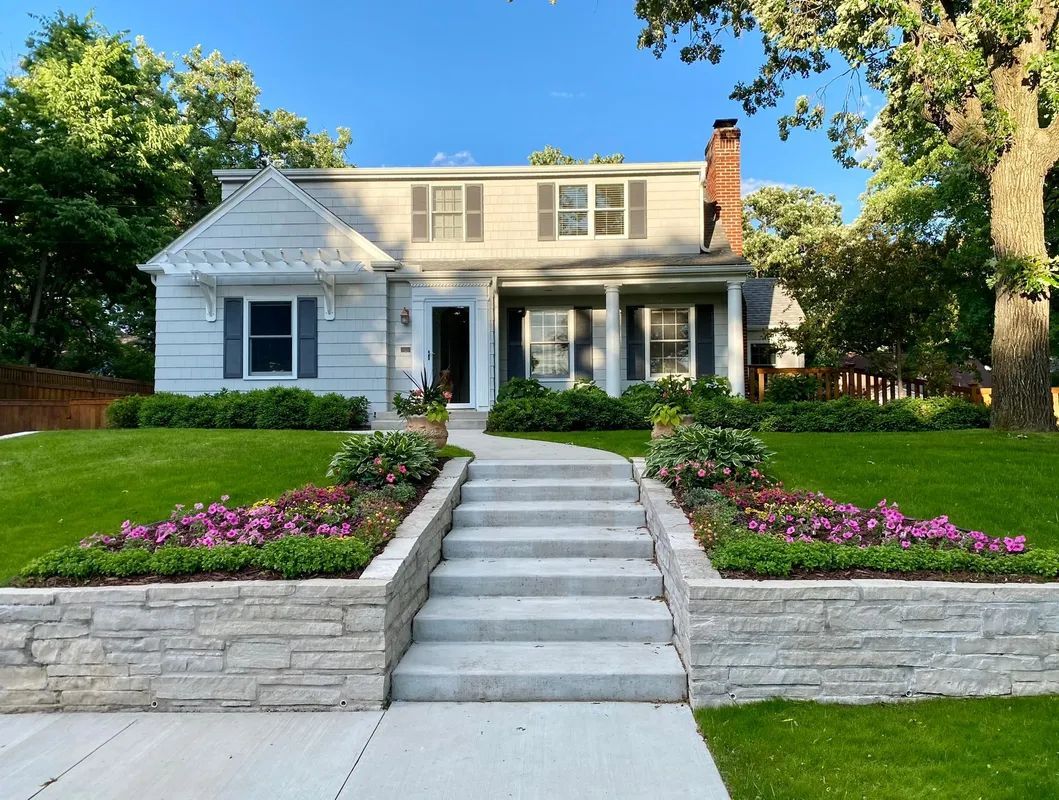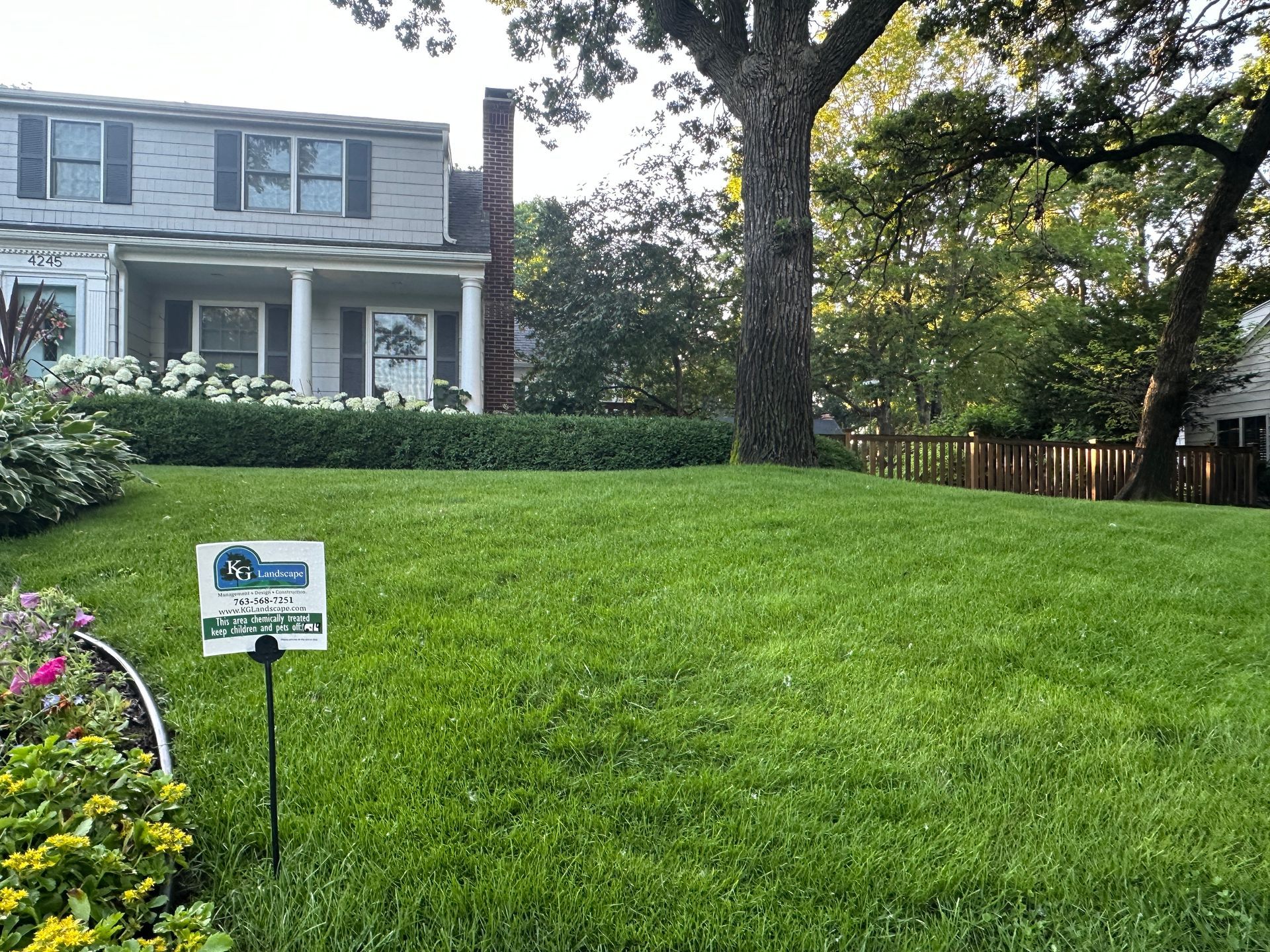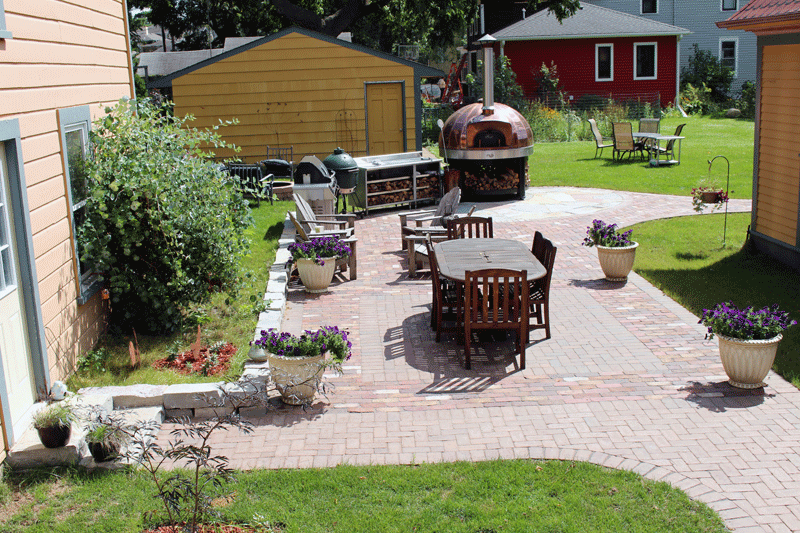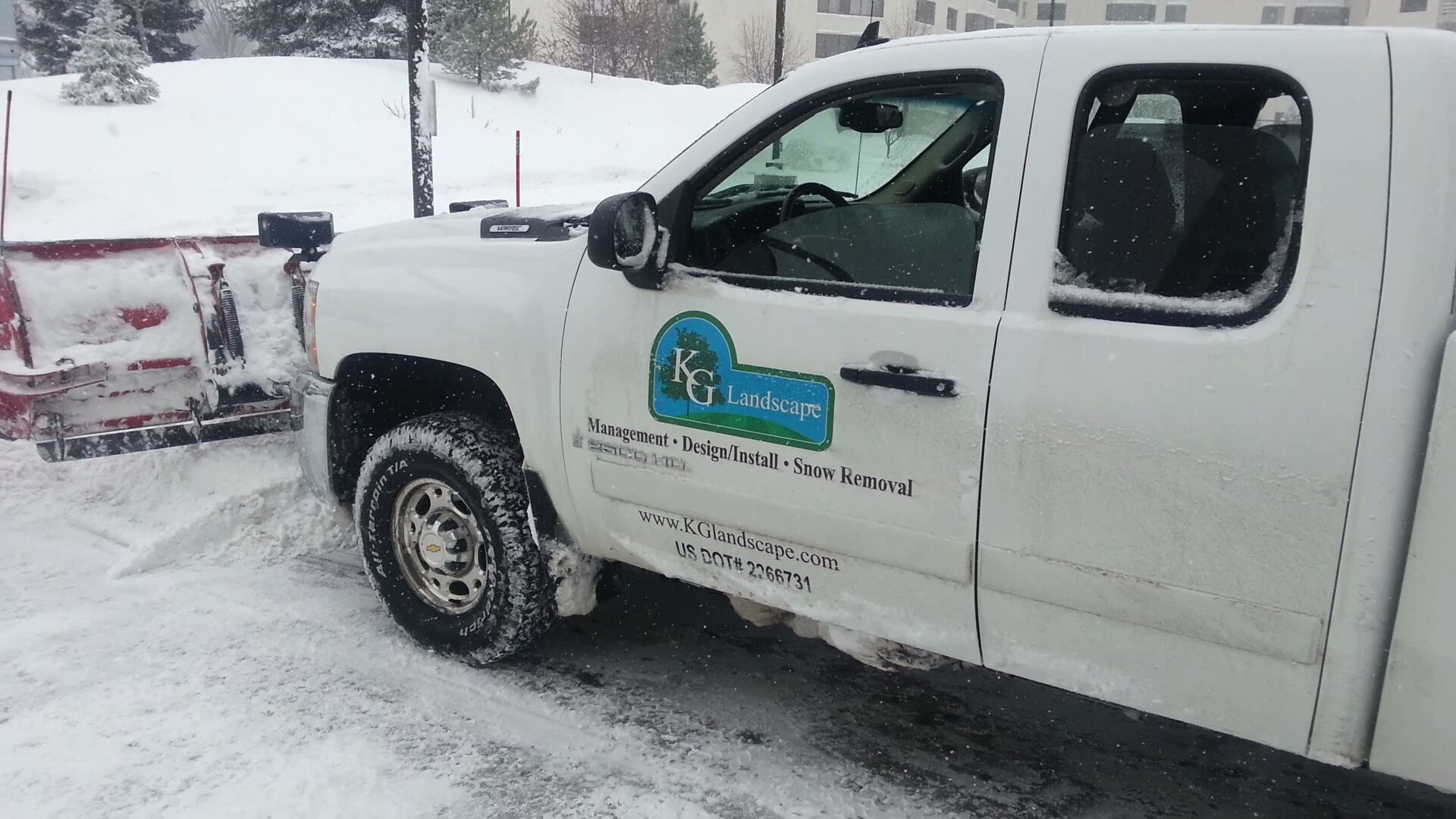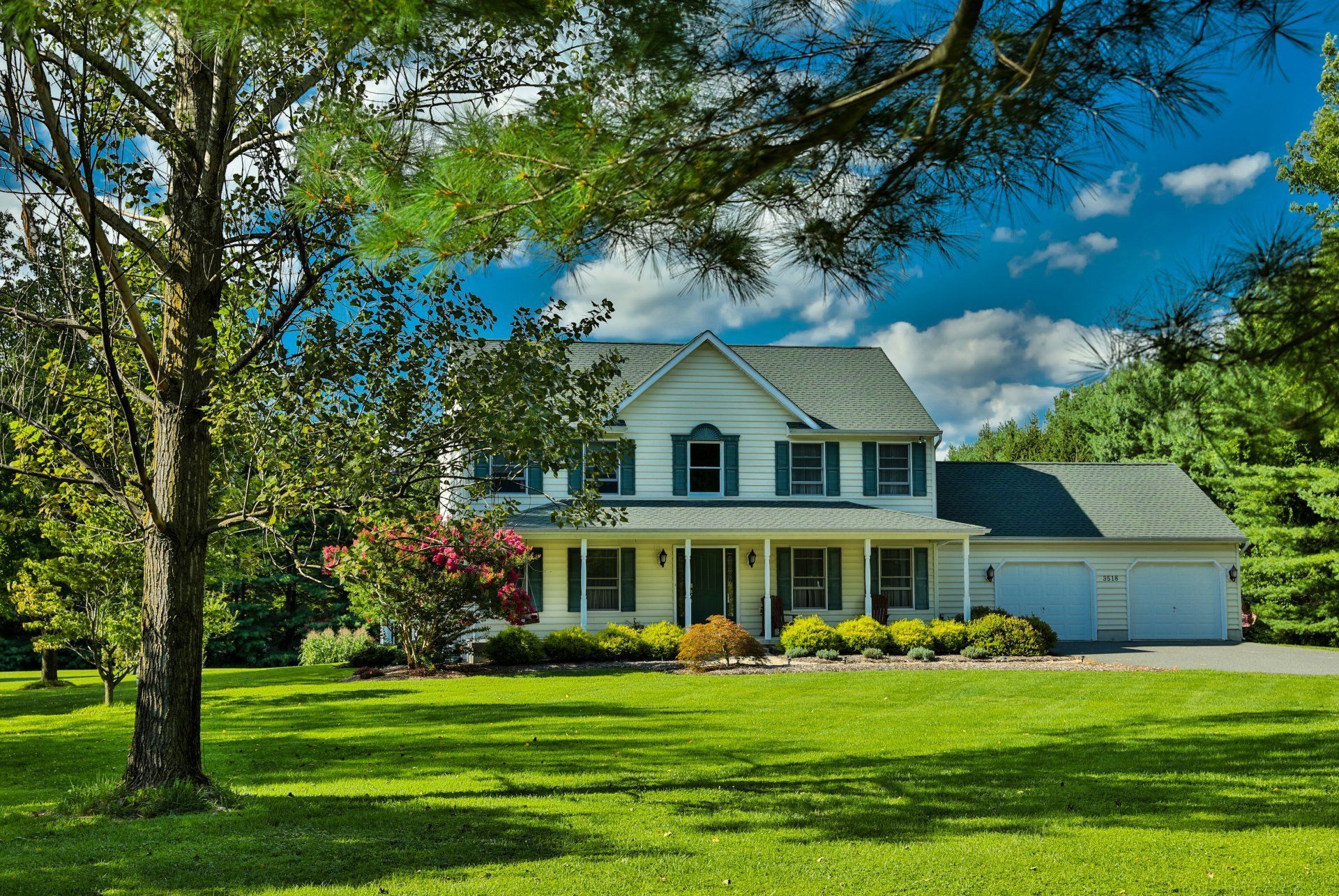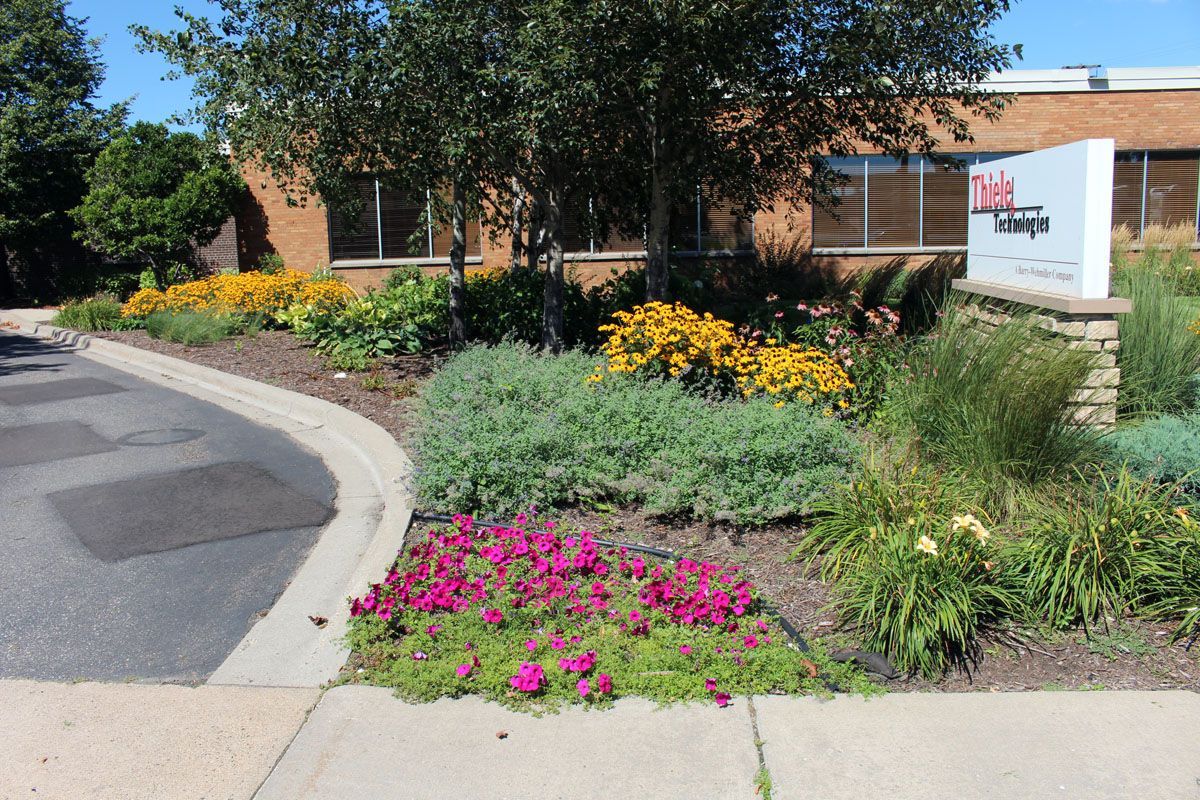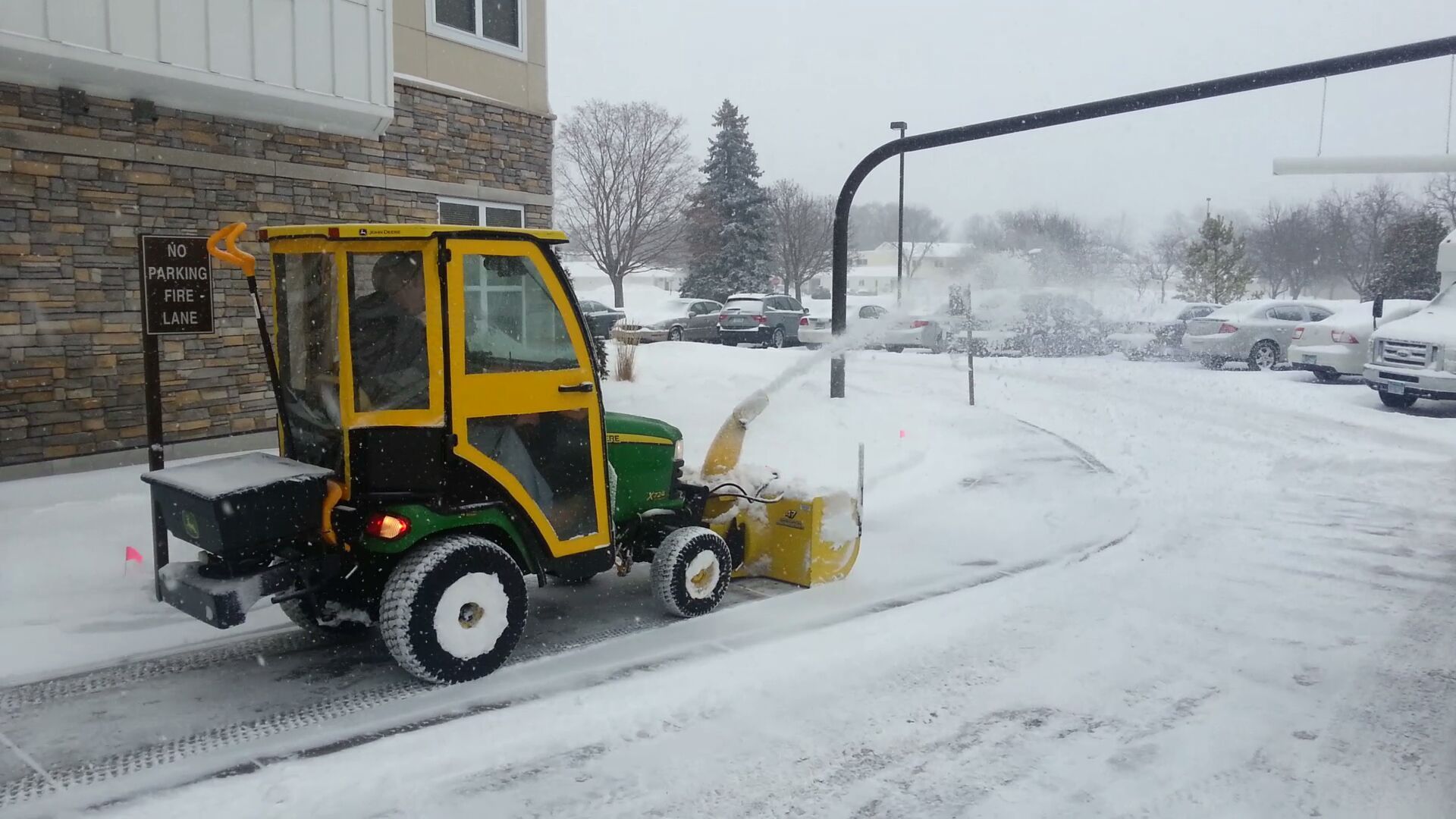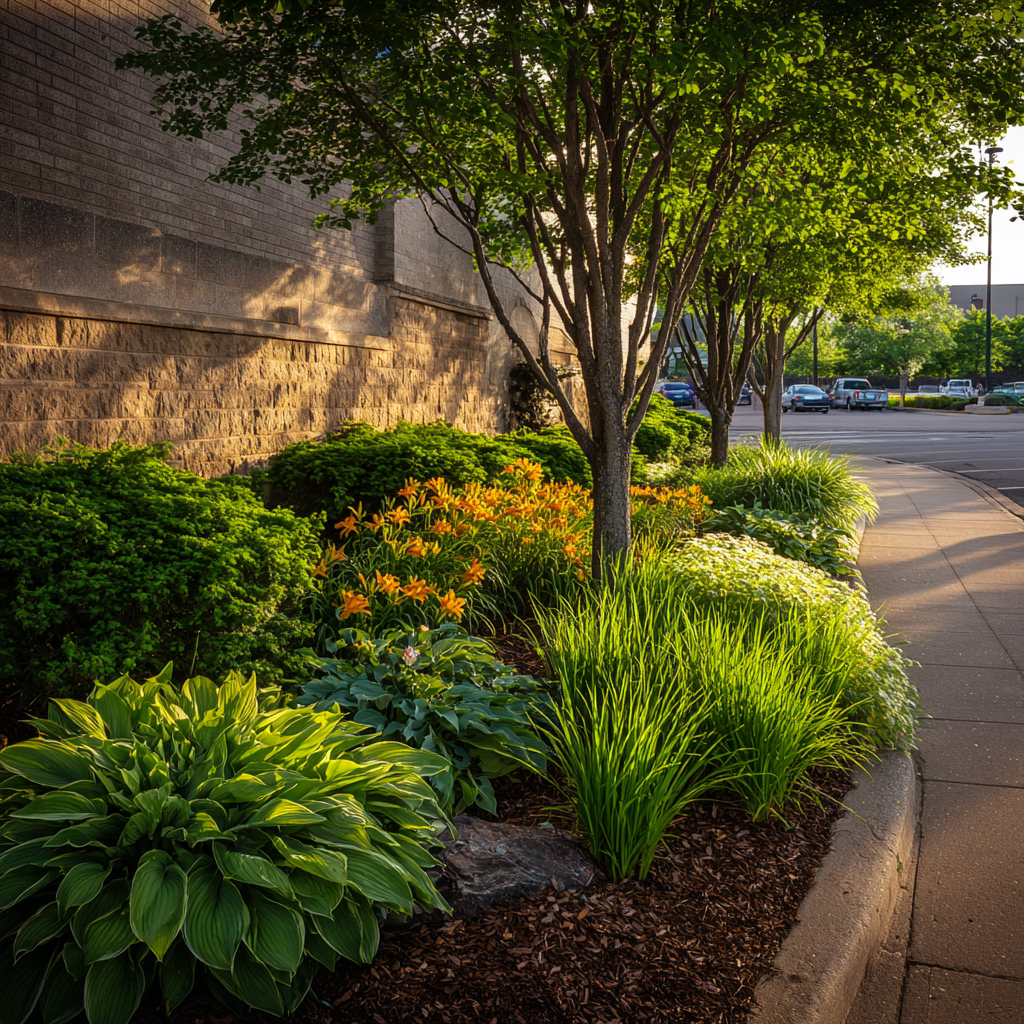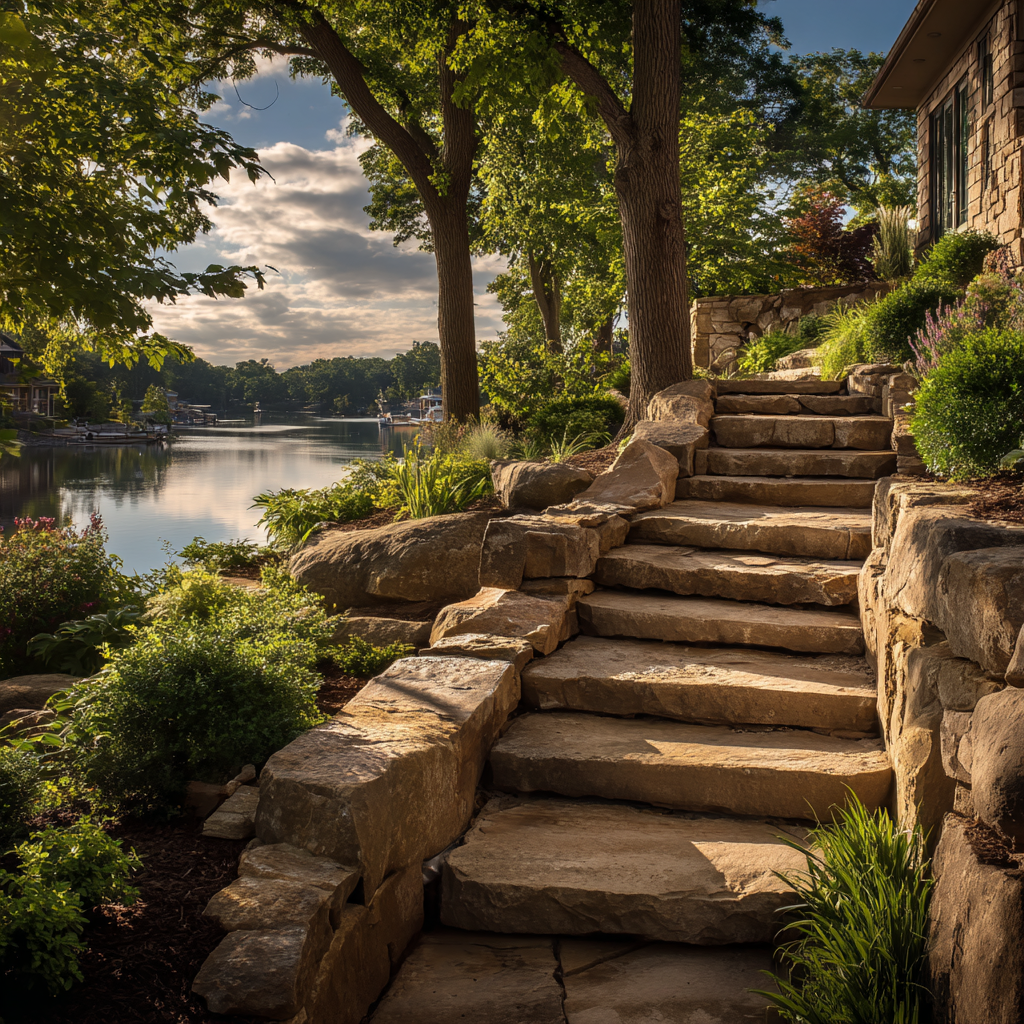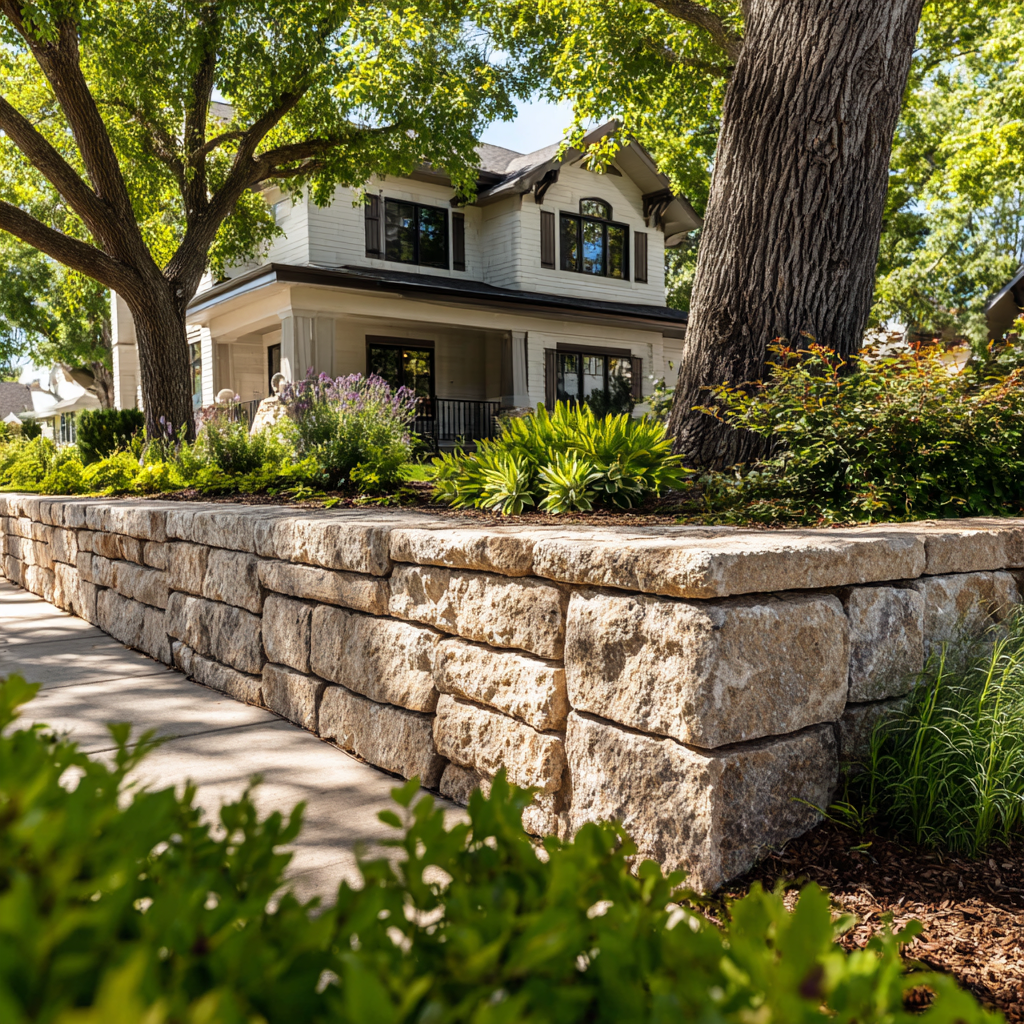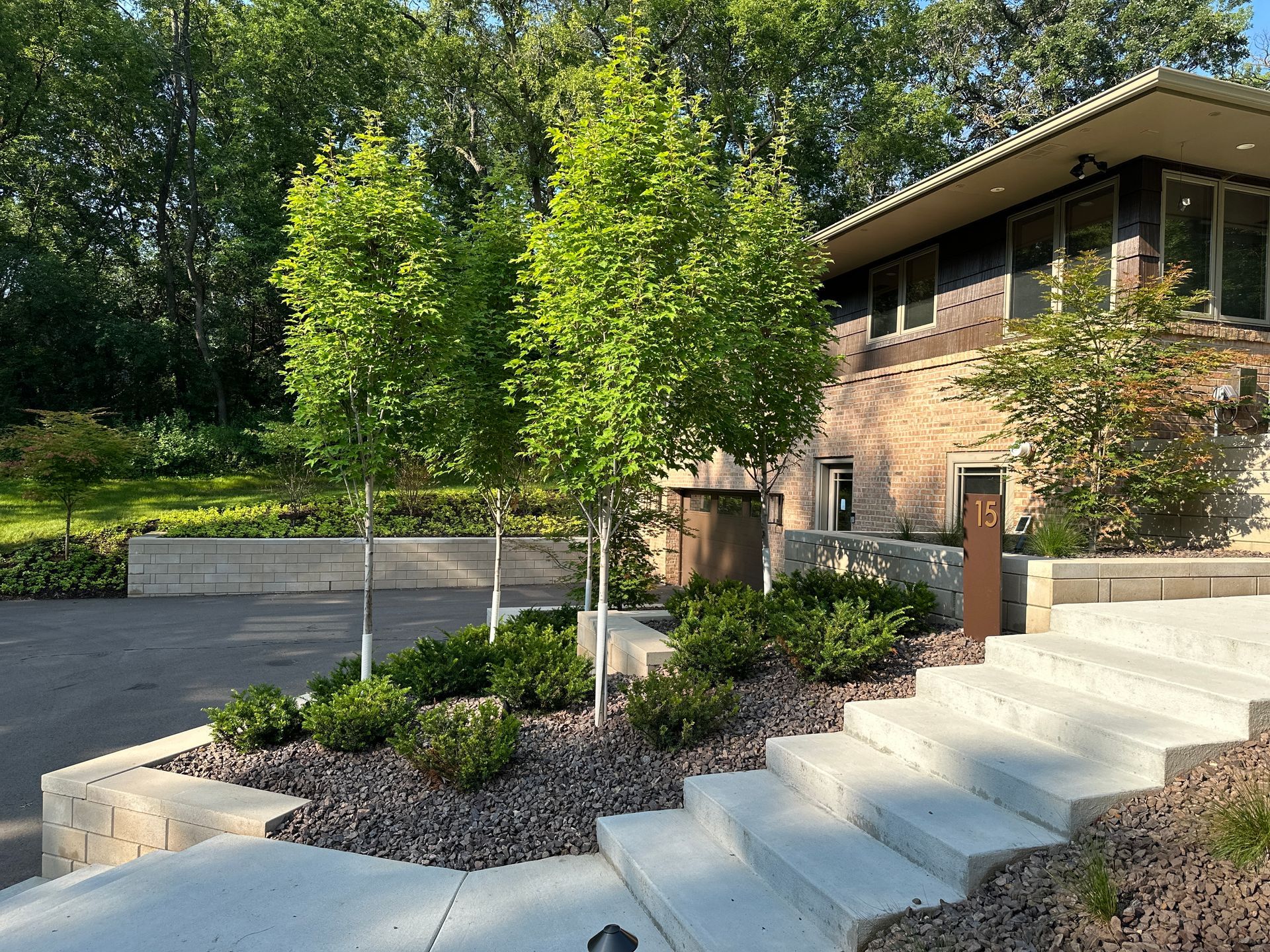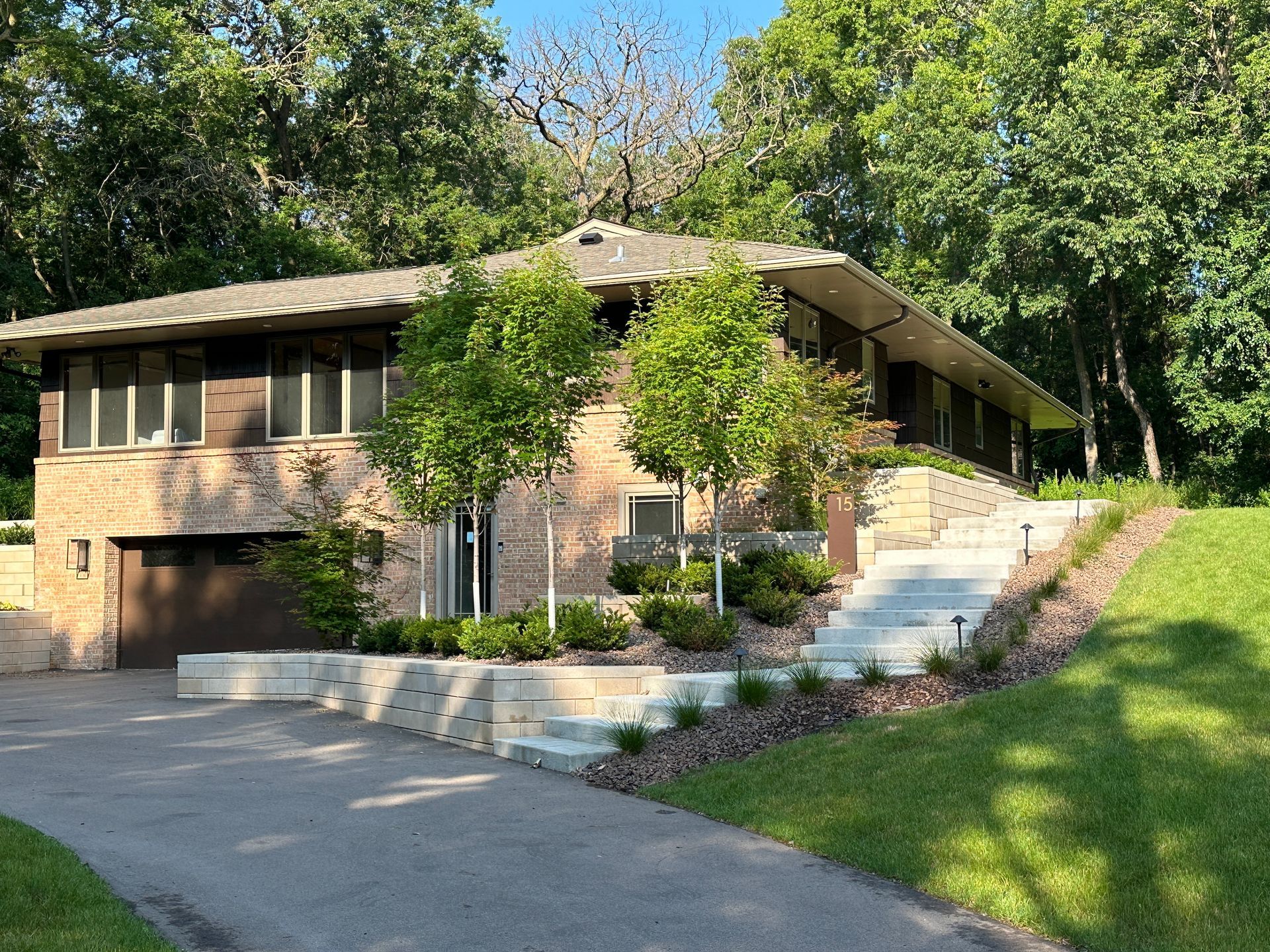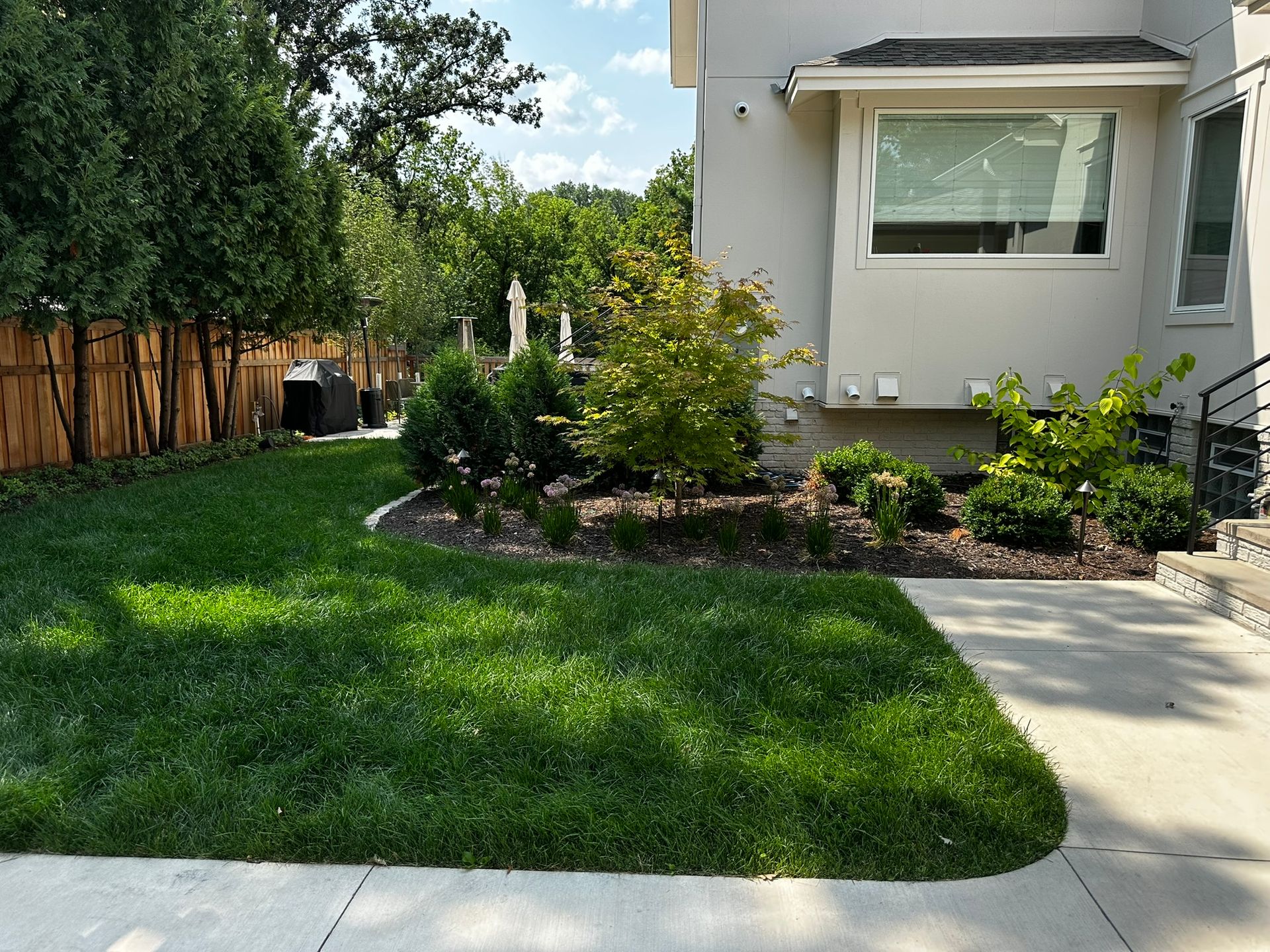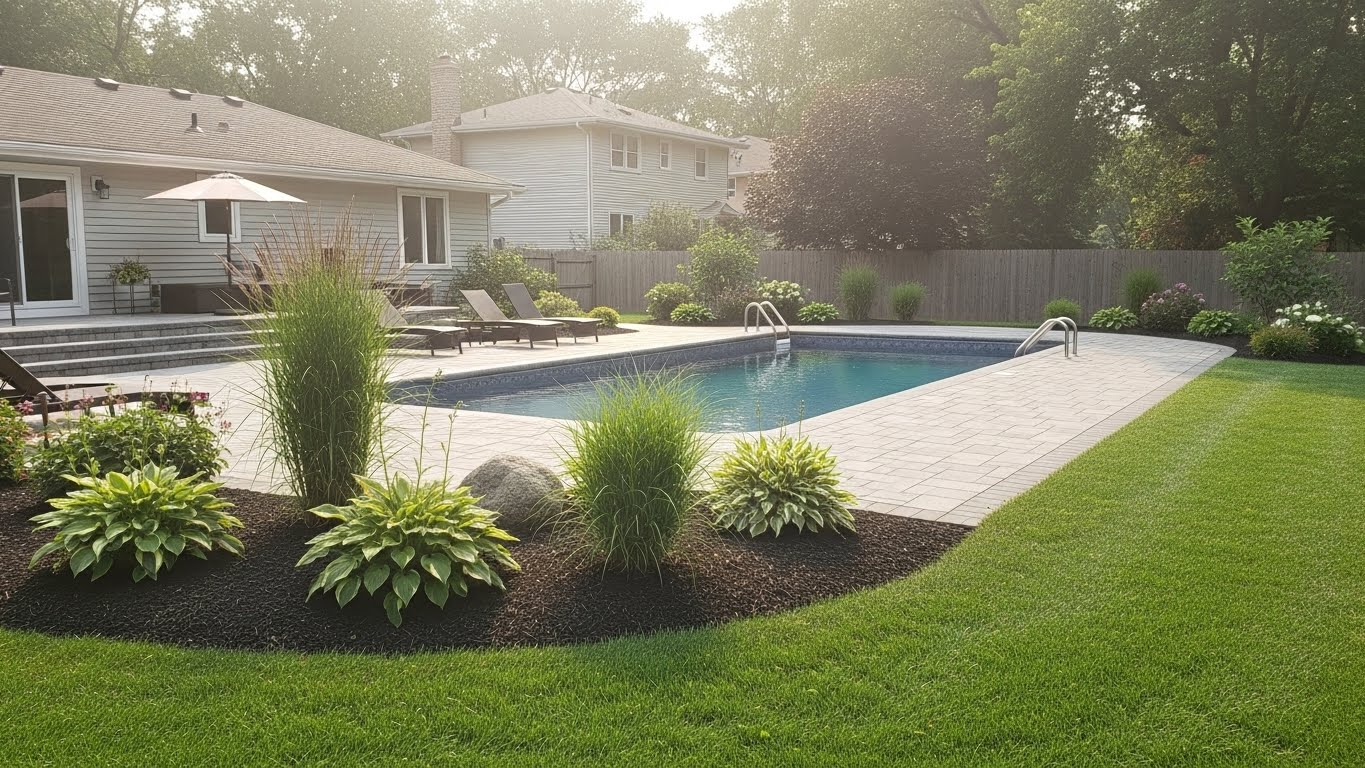10041 Polk Street NE Minneapolis, MN 55434
Ready to Start on Your Next Project?
Call us at (763) 568-7251 or Request a Quote Online
Contact Us
Thank you for contacting us.
We will get back to you as soon as possible.
We will get back to you as soon as possible.
Oops, there was an error sending your message.
Please try again later.
Please try again later.
Helpful Links
Contact us
Residential Building Contractor License #BC718597 | © 2025 KG Landscape Management

